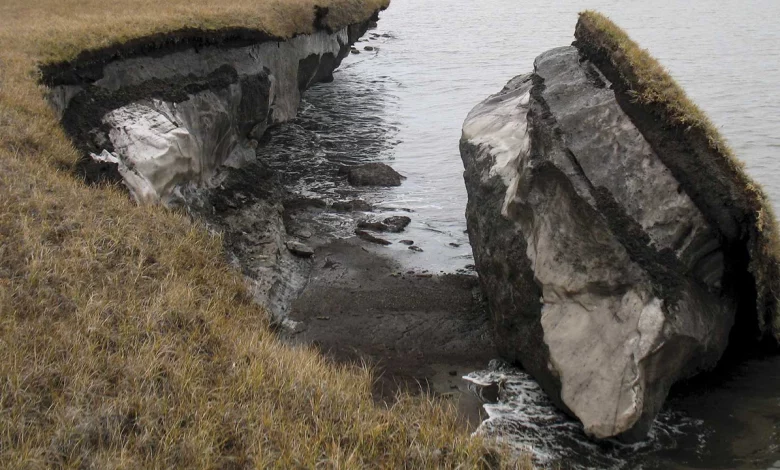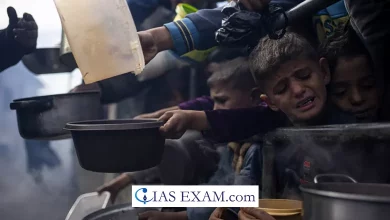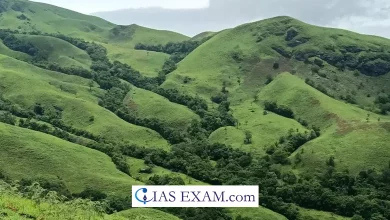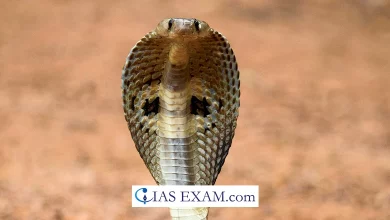
Context- A recent study found that as global temperatures rise, thawing permafrost is likely to destabilize thousands of Arctic industrial sites and associated contaminated areas.
What is Permafrost?
- Any ground that freezes at or below 0 degrees Celsius for at least two years straight is considered permafrost.
- In the Arctic, such as Greenland, Alaska (in the United States), Canada, Russia, and Eastern Europe, these permanently frozen grounds are frequently found.
- It is made up of “a mixture of sand, rocks, and soil held together by ice.” Permafrost’s soil and ice remain frozen throughout the year.
- However, even though the ground is always frozen, permafrost areas don’t always have snow.
Development
- On the Arctic’s permafrost, nations and businesses began constructing infrastructure.
- The district saw a further extension of modern and financial improvement during the Virus War — it turned into a middle for asset extraction and military exercises.
- As a result, toxic and industrial waste accumulated on or in the permafrost and was never removed.
- The harmful material from these modern offices has been covered in the permafrost, with the understanding that it would remain locked away for all time.
- However, as the planet continues to heat, danger looms.
- The permafrost is melting as the climate on Earth warms.
- This indicates that the permafrost’s ice melts, leaving behind soil and water.
Consequences
- As a result of climate change, the Arctic is warming nearly four times faster than the rest of the world.
- Harmful substances would be released across the area, undermining various species living there and the soundness of individuals who rely upon them.
- The effects of thawing permafrost on the planet can be severe. The emission of greenhouse gases into the atmosphere is one of its most dangerous outcomes.
- In addition, “Plant matter frozen in permafrost doesn’t rot, however when permafrost defrosts, microorganisms inside the dead plant material begin to separate the matter, delivering carbon into the air.
- Thousands of dormant viruses and bacteria would be released if permafrost were to be thawed.
Measures
- Scientists are keeping a close eye on Earth’s permafrost because of the risks.
- Large areas of permafrost that would be difficult to study from the ground are examined using satellite observations from space.
- The NASA Soil Moisture Active Passive (SMAP) mission orbits Earth and collects data on soil moisture.
- Scientists will gain a better understanding of the permafrost’s location and rate of thawing with the help of SMAP’s measurements.





.png)



